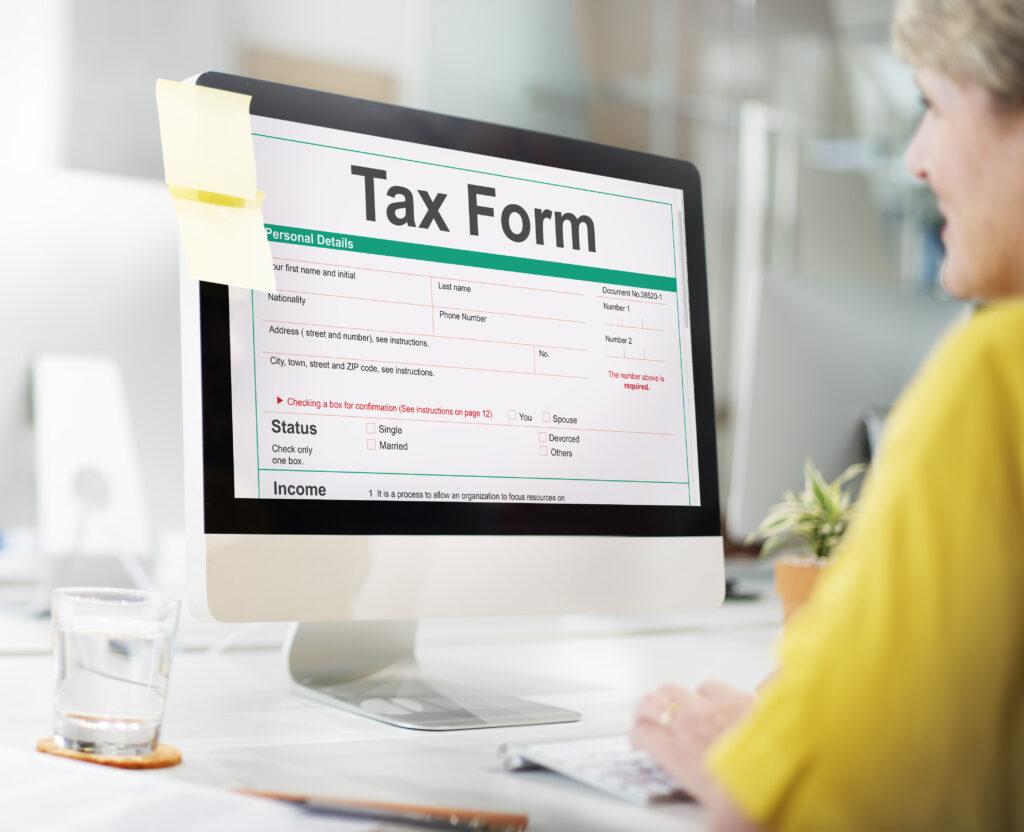So, you’ve filed your taxes—great job! But if you’re self-employed, run a small business, or earn non-W2 income, your tax journey doesn’t end on April 15. In fact, the IRS expects you to keep paying taxes throughout the year. Enter: quarterly taxes.
In this post, we\’ll break down what quarterly taxes are, who needs to pay them, and how tax services can help you stay compliant and stress-free all year round.
What Are Quarterly Taxes?
Quarterly taxes, also known as estimated taxes, are periodic tax payments made to the IRS throughout the year. These payments cover income taxes, self-employment taxes, and other federal obligations that aren\’t automatically withheld from your paycheck.
Rather than paying all your taxes at once during tax season, the IRS requires certain taxpayers to pay in four installments during the year:
- April 15
- June 15
- September 15
- January 15 (of the following year)
Missing these deadlines can result in penalties and interest, even if you end up owing nothing when you file your return.
Who Needs to Pay Quarterly Taxes?
You’ll likely need to pay quarterly taxes if you fall into any of these categories:
- Freelancers and contractors
- Self-employed individuals
- Business owners or gig workers
- Investors with significant dividends or capital gains
- Anyone whose income isn’t subject to withholding
If you expect to owe $1,000 or more in taxes for the year (after subtracting withholding and credits), the IRS generally expects you to make estimated payments.
How to Calculate Your Quarterly Tax Payments
Quarterly taxes are typically based on your income from the current or previous year. To avoid penalties, most people follow the “safe harbor rule,” which means you’ll either:
- Pay 100% of last year’s taxes (or 110% if your AGI was over $150,000), OR
- Pay 90% of your current year’s tax liability
This is where tax services come in. Working with a professional can help you accurately project your income and deductions, so you’re not overpaying or underpaying. They can also help you adjust your quarterly payments if your income fluctuates throughout the year.
How to Pay Quarterly Taxes
The IRS makes it easy to pay estimated taxes online via IRS Direct Pay, or through your IRS online account. You can also mail in a check using Form 1040-ES.
If you’re using a professional tax service, many of them offer tools and reminders to help you pay on time and keep track of what you’ve paid.
Why Work with Tax Services for Quarterly Payments?
Here’s how tax services can save you time and money:
- Accurate Calculations: Avoid overpaying for underpaying
- Penalty Prevention: Ensure you meet deadlines and stay in compliance
- Income Tracking: Help with bookkeeping and real-time profit analysis
- Strategy Planning: Optimize deductions and minimize year-end surprises
In short, a tax expert keeps your finances organized and gives you peace of mind throughout the year—not just in April.
Final Thoughts
Quarterly taxes may feel like an extra chore, but they’re a key part of staying in good standing with the IRS if you\’re earning non-traditional income. With the right tools, planning, and professional tax services, you can stay on top of your payments and focus more on growing your business or career.

